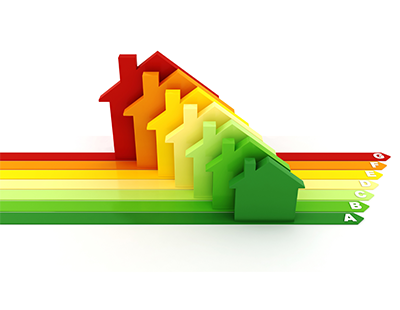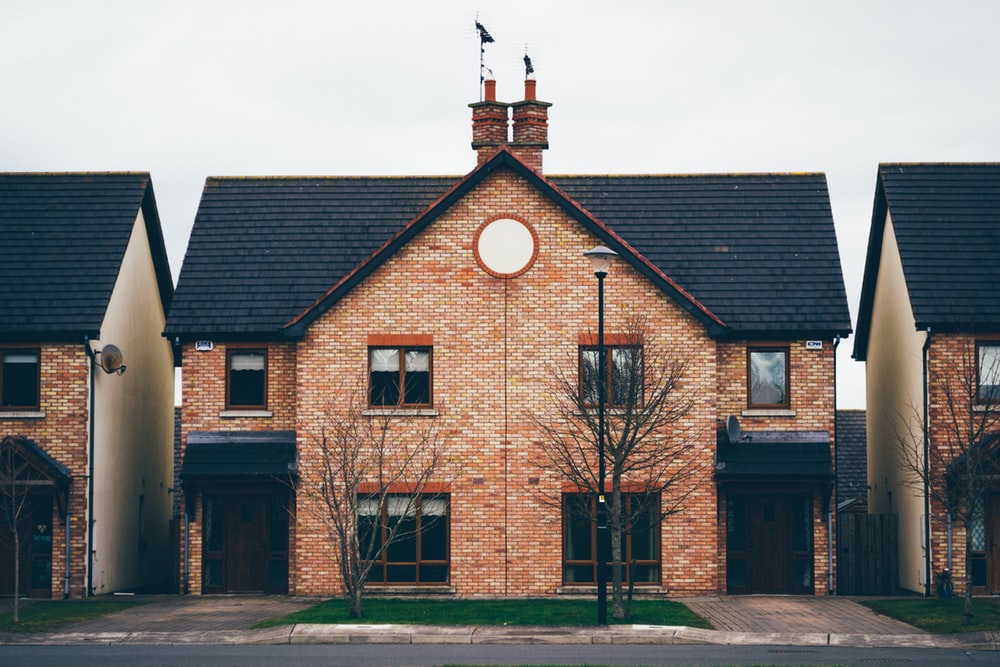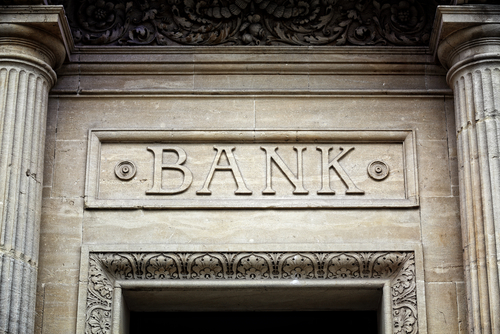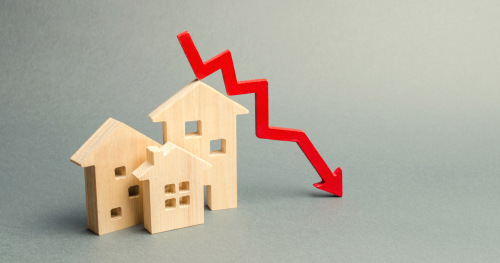
An analysis of period property transactions reveals that demand has slumped as low as 39.2% of previous highs because of premiums and complex upkeep duties.
Open Property Group has analysed the current level of buyer demand for five types of period property in England - Victorian, Georgian, Regency, Tudor, and Edwardian.
Demand is calculated by measuring the total number of period properties currently listed on the market against those already sold subject to contract. For example, if there were 100 homes on the market and 50 were SSTC, demand would stand at 50%.
Despite period properties’ long standing appeal, the analysis reveals that demand sits at just 39.2%, with 14,026 of the 35,761 currently listed on England’s market SSTC.
Period demand is lagging behind general housing market demand which currently stands at 43.5%.
Period buyers are most hungry for Georgian homes (40.6%) followed by Edwardian (40.4%), Victorian (39.7%), Tudor (33%), and Regency (31.9%).
Victorian homes have the largest stock among period properties, with 21,016 currently listed on the market. There are 7,608 Georgian homes, followed by Edwardian (3,417), Tudor (2,141), and regency (1,579).
Based on a sample of approximately 1,000 period properties, the current average asking price for historic homes is £628,195, a price premium of 103% compared to England’s wider average house price of £309,496.
Georgian homes carry the largest asking price premium of 179.8%, followed by Edwardian homes at 126.3%.
This is followed by Tudor (93.2%), Victorian (76.5%), and Regency (47.9%).
Open Property Group claims it’s reasonable to assume that these high prices are contributing to a muted appetite for period homes.
A spokesperson says: “Talking of practicality, as well as high prices, the general experience of living in a period property could also be contributing to the fact that good buyers are hard to come by because historic homes are often complex and expensive to run and maintain. They waste more energy than newer homes which typically pushes bills up and makes sustainable living nigh-on impossible.”



















Join the conversation
Be the first to comment (please use the comment box below)
Please login to comment